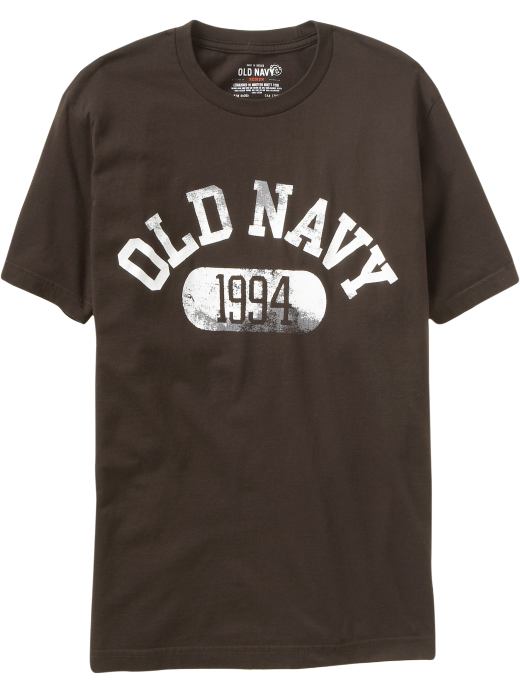Hello?
Whoa.
I think there's an echo. Bob? Is that you in the back? No? OK.
Well, I guess people are still coming in so let me go ahead and start.
Can everyone hear me? Is the mic working? OK.
Well, I've been spending an inordinate amount of time on my new obsession, t-shirts, so I thought I would share some of my diligent work with others of the same ilk. I'm going to talk about design, fashion, fabric, graphics, technique, marketing, color, tools, and any other thing that I can find that goes into making our favorite t-shirt. The one we want to wear all the time but have to wash just because people started complaining. There aren't many. They are hard to find. We may even go a long time without one. But, when it comes into your world, your stuck. It's like falling in love. This shirt feels good and it makes you look good. What else can you ask for?
A little obsessive? Perhaps. Maybe it's just my mood.
OK. Let's start with some useful links I have found and maybe later I'll go into my t-shirt past.
Design: Great site that allows you to vectorize any graphic file you have laying around so it will be compatible with Adobe Illustrator and other vector art programs. I've used this multiple times. It used to be free but they are, unfortunately, cashing in. Good for them.
VectorMagic.com







